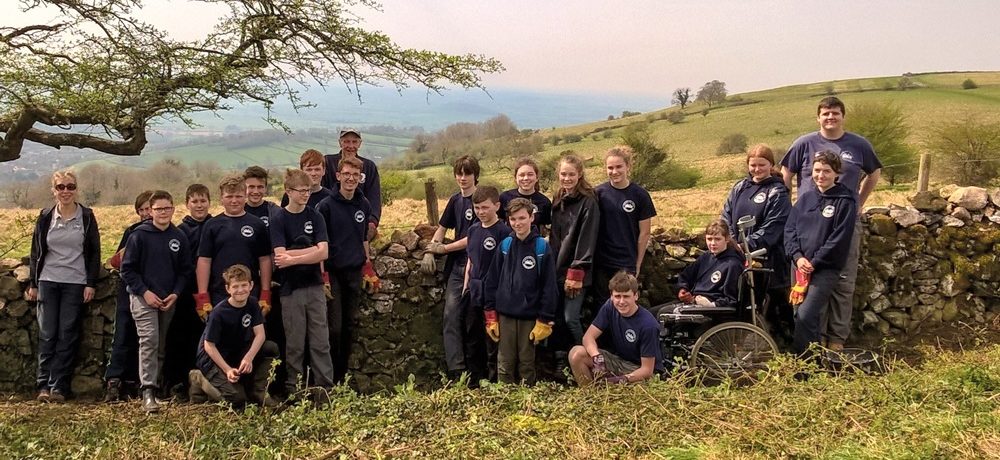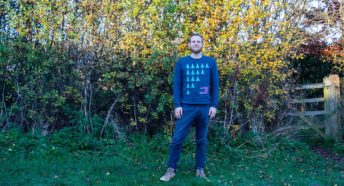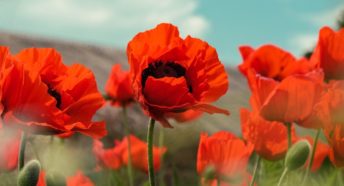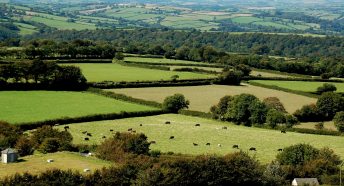A new generation of countryside rangers
Given a recent surge in rural visits and a growing emphasis on nature’s recovery, training the next generation of countryside rangers has never been more important for the future of our national landscapes. Andrew McCloy looks at how one successful scheme is doing just that.
When the Peak District ranger service was set up in 1954 – the first of its kind in a British National Park – rangers were known as wardens and the appointing board was not altogether clear what the job would entail. They suggested the applicant should be able to walk 20 miles a day over moorland, and offered him a motorcycle and sidecar to get around.
Although they may look rather different today, a new generation of rangers is learning much the same craft, and being helped to develop their own understanding of the countryside. One of these is John Davies from Somerset who has come through the Young Rangers programme run by Mendip Hills AONB (Area of Outstanding Natural Beauty).

Since 2005, the scheme has welcomed successive intakes of 15 young teenagers from local schools, who over two years learn all about the AONB through practical work and visits to everything from nature reserves to working quarries and craft centres.
‘We’ve learned the techniques of stone walling and had a go ourselves,’ says John, ‘but we’ve also had tours of large modern farms, helped out with the Mendip Rocks! geology festival, gone caving and done raft building. There’s been first aid and navigation training, too. It’s been fun, certainly, but also very educational.’
Jim Hardcastle is the manager of Mendip Hills AONB and says that programmes like Young Rangers are vital in opening up young minds and developing a deeper understanding of rural matters. ‘Since young people receive no formal education about the countryside at school, we help to provide a link between the big issues they’re concerned about, like climate change and nature conservation, and what’s happening on their own patch. We want to equip these Young Rangers to be the environmental decision-makers of the future.’
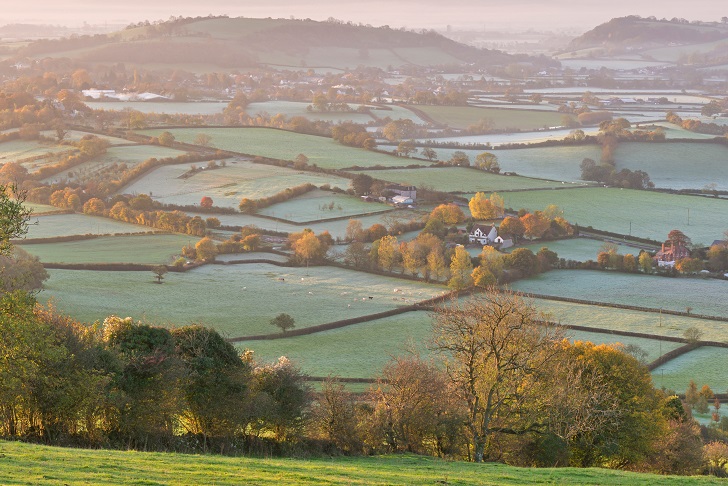
John enjoyed his experience so much that he stayed on to become an Advanced Young Ranger, taking on more responsibilities and helping to run the Young Ranger programme; and now he’s training to become a fully qualified volunteer ranger with the AONB unit.
A number of other AONBs and National Parks have similar (and very popular) Youth Ranger or Junior Ranger schemes, and it’s clear that the position or role of the countryside ranger is still held in high regard, even though the profile of those coming through is changing. Part of the appeal, as ever, is in being outdoors, meeting people and doing practical, hands-on work; but according to John, it’s also about grasping how the countryside works and what it takes to look after it.
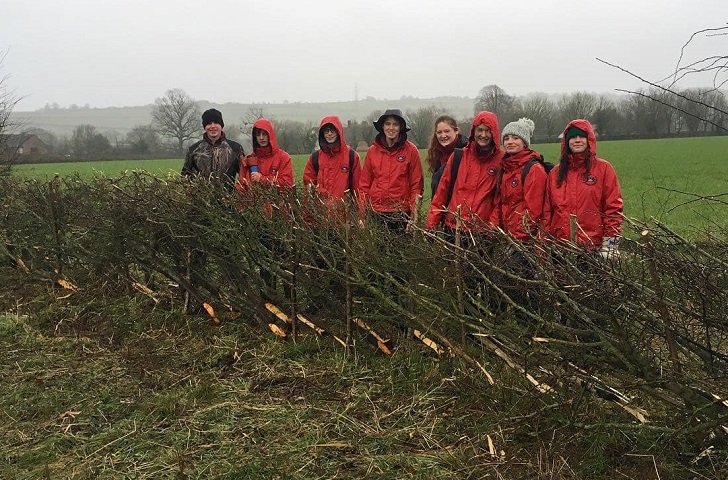
‘I now understand how the Mendip landscape is managed,’ he says, ‘and the work that goes into looking after the AONB, from repairing walls to surveying wildlife or improving local habitats. It’s given me a much deeper insight and it’s one that I can help to pass on to the Young Rangers starting with us now. I feel very proud to call myself a ranger.’
A version of this article was originally published in CPRE’s award-winning magazine, Countryside Voices. You’ll have Countryside Voices sent to your door three times a year, as well as access to other benefits including discounts on attraction visits and countryside kit from major high street stores when you join as a CPRE member. Join us now.
